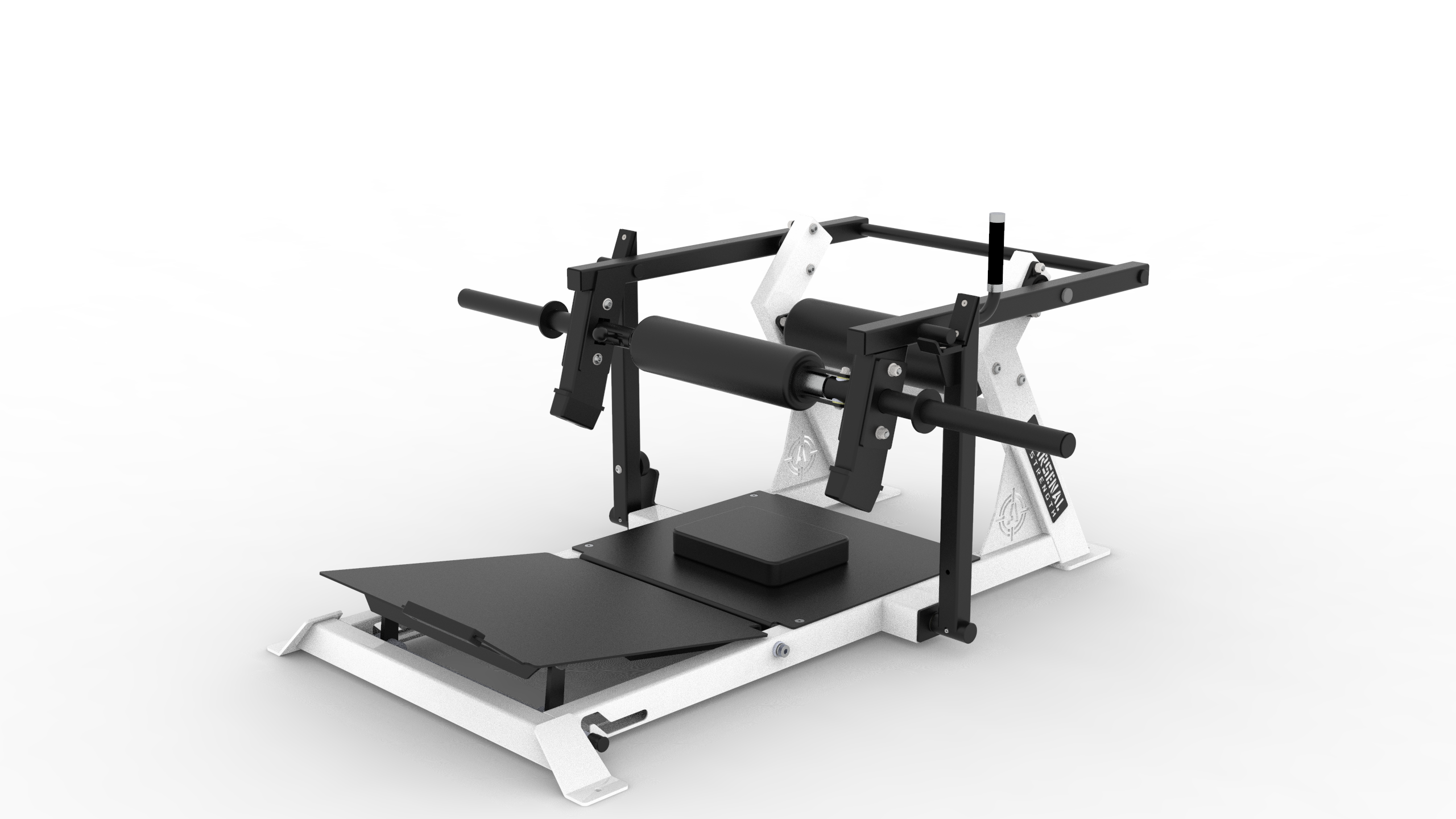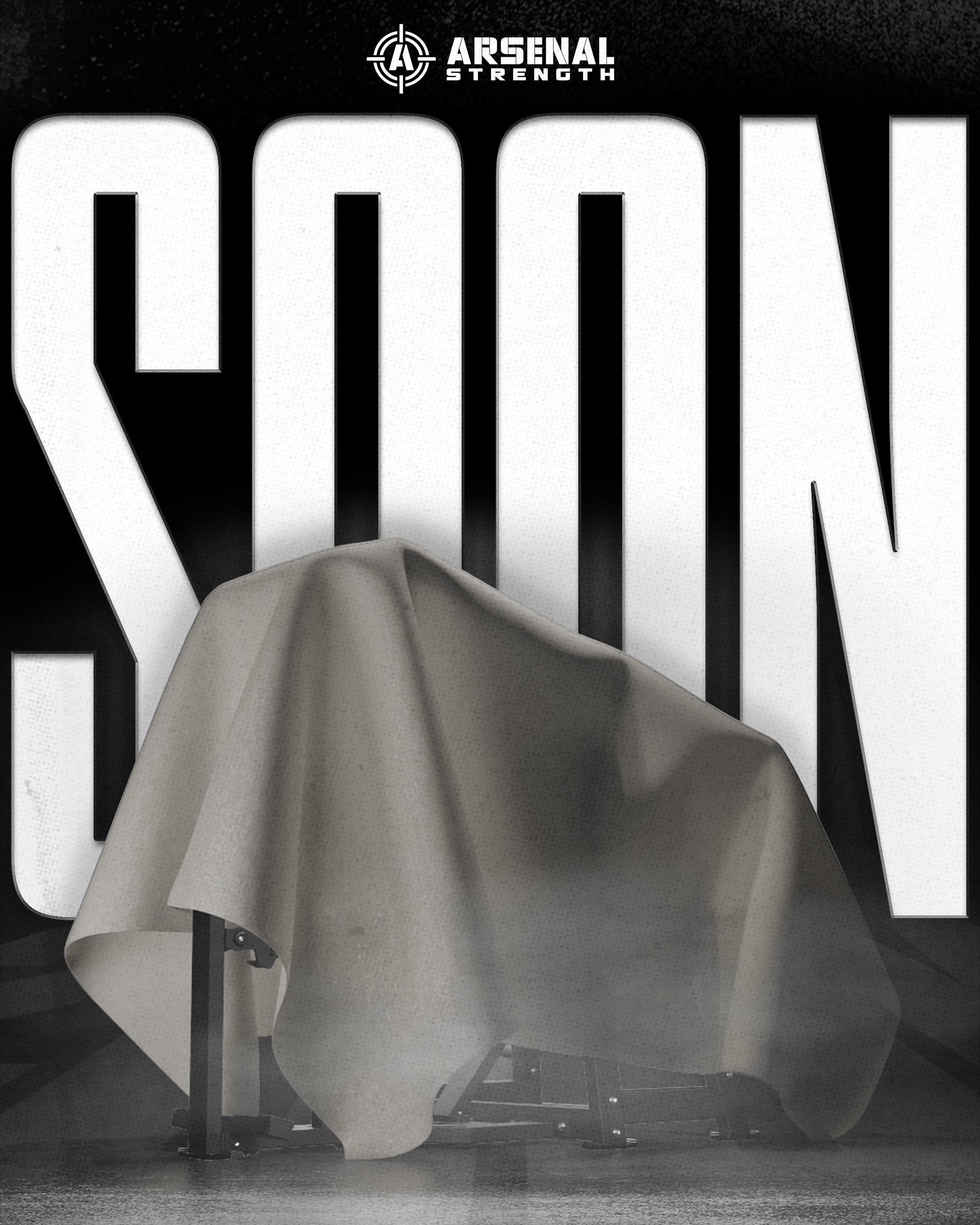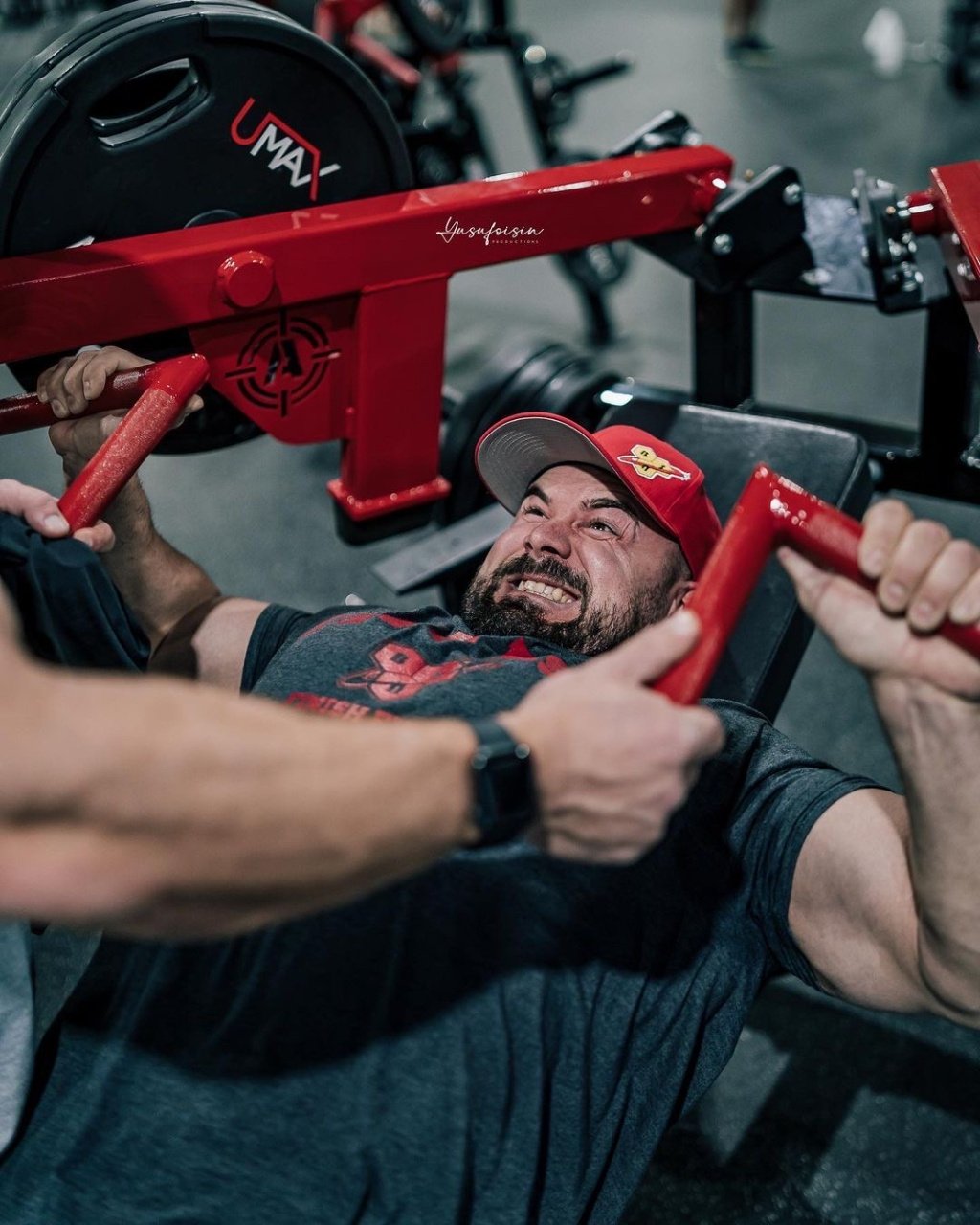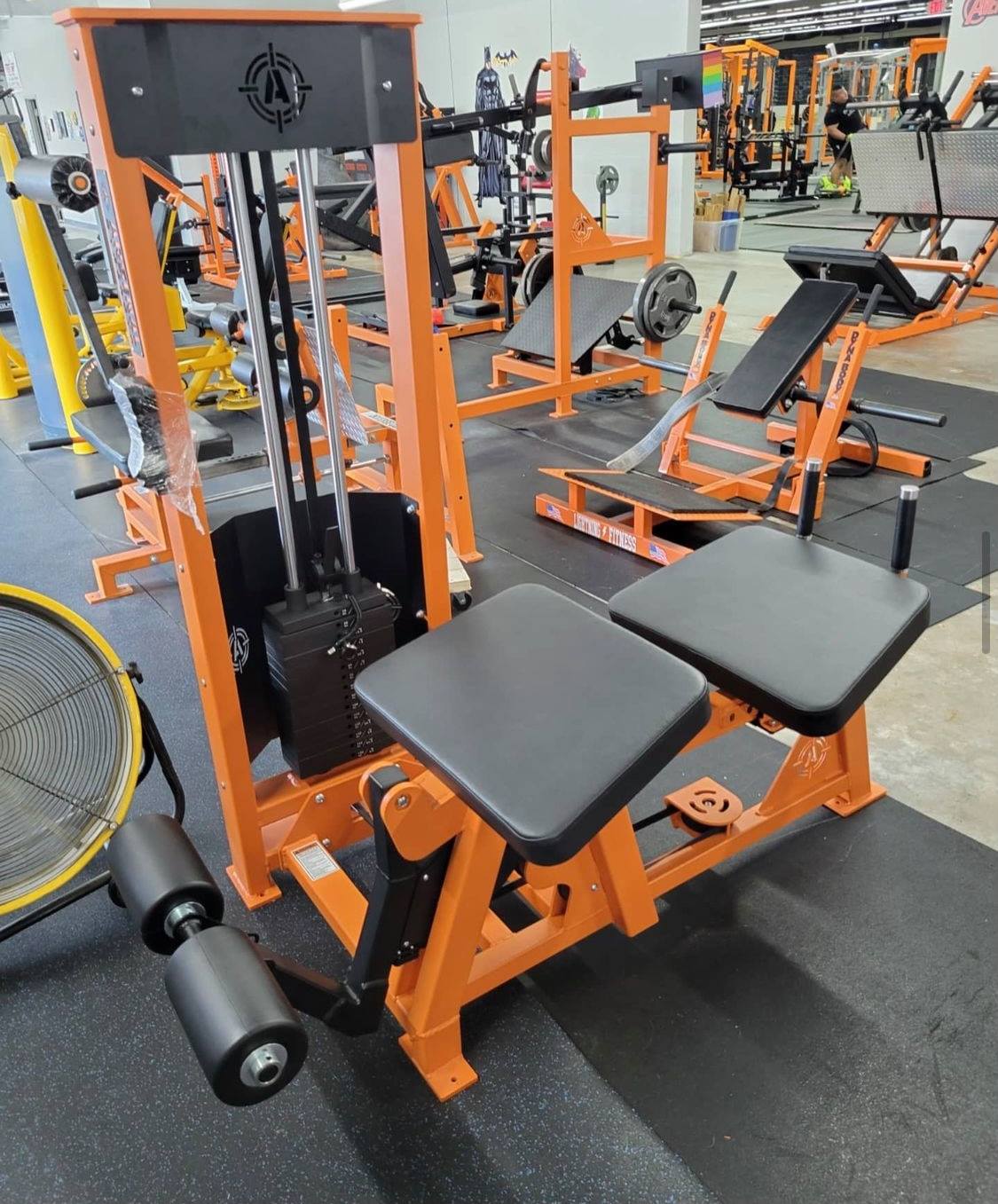The Ultimate Glute Trainer Review
If you’re searching for an effective ‘glute trainer’ to fortify your workouts and build up your backside, the options can be overwhelming. Our guide provides a clear comparison, simplifies key benefits, and introduces exercises for glute trainer use to support your decision and get you started on a path to stronger, more defined glutes.
- Glute trainers can enhance that backside but also keep your knees, hips, and back from throwing in the towel. Power, balance, and pain relief all in one handy gadget!
- Size matters, folks. So does the resistance type. Plate-loaded for the gain-greedy, elastic for the new kids. Plus, the smaller the equipment, the less it will cramp your style (or your living space).
- Rome wasn’t built in a day, and neither is a killer booty. Mix up those squats and lunges with weighted glute exercises for maximus maximization, and go easy-peasy to start with—precision over power, people!
Understanding Glute Trainers
Glute trainers, as the name suggests, are specialized equipment designed for the regular training of the glutes, the powerhouse of your posterior. They target three main muscles: the gluteus maximus, medius, and minimus. Training these muscles not only improves physical appearance (who doesn’t want a toned booty, right?), but also boosts overall balance, stability, power, and agility.
But it’s not all about looks and athletic performance. Regular glute activation and strengthening using glute trainers can alleviate pain in areas such as the knees, hips, or back. By enhancing the strength of the posterior chain muscles, which includes the glute max muscles, minor glute muscles, hamstrings, and calves, you’re setting yourself up for improved athletic performance and injury prevention.
Even if you’re not an athlete, glute trainers can still be your ally. They can help mitigate the effects of age-related muscle mass decrease in the posterior chain. Plus, they contribute to maintaining lower back health by assisting with pelvic, hip, and trunk motions. So, if you’re battling pesky lower back pain, it might just be linked to weaknesses in your posterior chain muscles that a glute trainer could address.
Key Components of an Effective Glute Trainer
Knowing the benefits of glute trainers, you might be itching to get your hands on one. But before you do, let’s walk through the key components that make a glute trainer effective. This will help you pick the right one that can cater to your needs and maximize your booty gains.
Plate Loaded vs. Elastic Resistance
The first thing to consider when choosing a glute trainer is the type of resistance it offers. There are two main options: plate-loaded and elastic resistance. Plate-loaded machines are popular for their potential to offer significant muscle gains. However, some users find that elastic resistance trainers, like the COBA Board, may not provide enough resistance for the same level of muscle growth.
While elastic resistance trainers are potentially more approachable for beginners or for those looking for easier use, they might limit the variety of movements that can be effectively loaded. These machines might not be the best fit if your goal is to increase muscle mass significantly, as they might lack the resistance required for substantial growth.
Dimensions and Weight Considerations
Another factor to consider when choosing a glute trainer is its dimensions and weight. If you’re planning to set up a home gym or if you’re working with limited space, compact models like the COBA Board can be a great choice. They’re easy to install and use, and you can conveniently store them under furniture like beds and sofas.
The dimensions and weight of the glute trainer you choose can greatly impact your workout experience. A non-slip surface, oversized, and angled foot platform, for instance, can ensure stability during workouts. So, remember to keep these factors in mind when you’re on the hunt for the perfect glute trainer.
Popular Glute Trainer Exercises
Now that you’re equipped with the knowledge to choose the best glute trainer, let’s discuss the popular exercises you can do with it. Some of the most effective ones include Romanian deadlifts. These exercises require powerful contraction of the glute muscles and are essential for maximizing glute strength development.
In addition, compound lifts like deadlifts and low bar squats due to their forward lean, work multiple muscle groups, including the glutes. Don’t forget to incorporate variations like the reverse hyper, curtsy lunge, and Bulgarian split squats, which offer different angles and resistance levels to target the gluteal muscles. Mixing up your exercises can engage the glute muscles from various angles and intensities, leading to more robust glute development.
Maximizing Results with Explosive Training
To maximize your booty gains, you’ll want to incorporate explosive training into your routine. This is where dual-sided band hooks come into play. They enhance exercise versatility and enable explosive training with elastic resistance.
Having dual-sided band hooks in a glute trainer allows for the addition of elastic resistance, providing a greater variety of explosive training exercises. A popular machine that incorporates these features is the COBA Board GLUTE Trainer, praised for its targeted workouts, suitability for Pilates, and full-body exercise capability using glute bridge bands.
Easy Entry and Adjustments
Another important aspect to consider while exercising with a glute trainer is the ease of entry and adjustments. Trainers with floating hip pads that adjust to different user sizes can accommodate a wider range of individuals, ensuring a perfect fit and proper form during workouts.
The pivot feature of the floating hip pad, with dimensions l x w that accommodate various users, allows for easy entry and exit from the machine, reducing the risk of injury and enhancing overall workout comfort with its approachable walk through design. The design also provides excellent stability during use and encourages movement variety.
Maintaining correct form and a full range of motion during exercises is crucial for effective glute development and prevents undue stress on joints.
Top Glute Trainer Models and Brands
In your quest for booty gains, you might come across various glute trainer models and brands. One well-recognized model in the fitness equipment market is the Matrix Magnum Glute Trainer, a product of Matrix Fitness. This might be a good starting point in your search for the perfect glute trainer.
Integrating Glute Training into Your Workout Routine
You’re now well-versed on glute trainers and exercises, but how do you integrate this into your workout routine? Here’s a suggested plan:
- Train the glutes at least two to three times a week.
- Your workouts should last between 20 to 30 minutes.
- Include a mix of compound and isolation exercises to maximize muscle growth.
Incorporating a variety of exercises, including explosive movements, is essential for robust glute development. If you’re a beginner, start with bodyweight exercises or lighter loads to ensure proper form. As you progress, advance in difficulty through progressive overload to continually challenge and grow the glute muscles.
Some exercises to consider include:
- Regular squats
- Lunges
- Hip thrusts
- Deadlifts
- Glute bridges
- Bulgarian split squats
Remember to focus on proper form and technique to maximize the effectiveness of each exercise, especially when using free weights.
Recovery is also key in glute training. To support muscle recovery and growth, incorporate a mixture of low, moderate, and high rep ranges in exercises. Also, allow at least 48 hours of rest between glute training sessions.
Tips for Maintaining Your Glute Trainer
Once you’ve invested in a glute trainer, it’s important to maintain it well for long-lasting use. Regular cleaning after each workout can prevent wear and tear. A thorough cleaning on a weekly basis helps ensure all parts are functioning properly.
For smooth operation, follow these maintenance tips:
- Lubricate the cables and pulleys every 3-6 months.
- Inspect the cables for fraying and the pulleys for damage or cracks.
- Check for loose or missing bolts on a monthly basis.
You should also consider the following maintenance tips for your glute trainer:
- Keep it in a climate-controlled environment to prevent corrosion and wear.
- Store attachments and accessories in designated areas to avoid damage.
- Use a cover to protect the machine when not in use.
- For issues beyond basic maintenance, such as broken cables or malfunctioning pulleys, consider contacting a professional technician.
- Schedule a yearly inspection to prevent potential issues.
Maximize Your Gains
In conclusion, glute trainers are a powerful tool for anyone looking to enhance their physical appearance, improve athletic performance, or alleviate pain in areas like knees, hips, or back. They target the gluteus maximus, medius, and minimus, essential muscles for overall balance, stability, power, and agility.
So, are you ready to step onto a glute trainer and start your journey to booty gains? With the knowledge you’ve gained today, you’re now well-equipped to choose the right machine, perform effective exercises, and maintain your trainer for long-lasting use. It’s time to turn those booty dreams into reality!
Frequently Asked Questions
How do you use the glute trainer?
Use the glute trainer by pausing at the top to feel a strong contraction in your glutes, then slowly lower your hips back toward the floor. It's all about control and feeling the burn. Get ready to work those glutes!
Do glute trainer machines work?
Nope, glute trainer machines might give temporary toning or strengthening results, but they won't help with long-term effects or weight loss. It's like expecting to get fit by eating a single carrot stick.
What are the benefits of using a glute trainer?
Using a glute trainer can enhance your physical appearance, athletic performance, and overall health, while also alleviating pain in areas like knees, hips, or back. So, it's a win-win situation!
What type of resistance is better for glute trainers: plate-loaded or elastic resistance?
Ultimately, it depends on your fitness goals and experience level. Plate-loaded machines are great for muscle gains, while elastic resistance trainers are beginner-friendly. So, pick what suits you best!
Additional Glute Machine Resources:
Arsenal Strength Reloaded Glute Bridge Machine
Reloaded Glute Bridge Machine In Action






